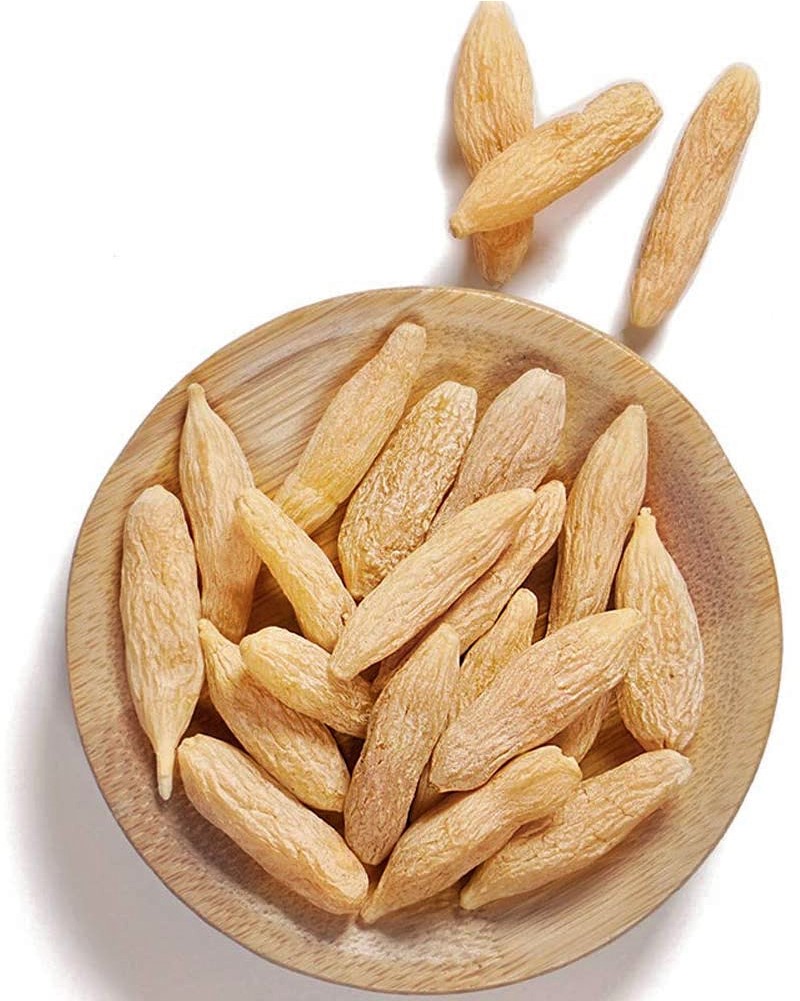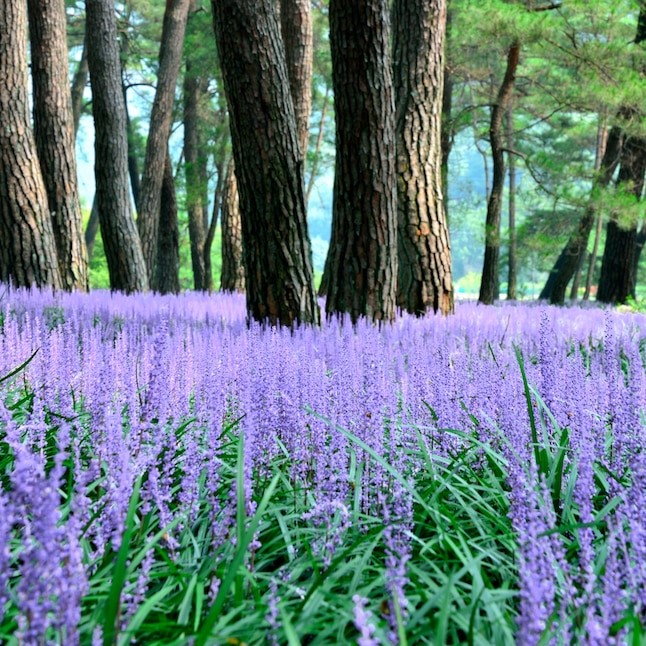Living mulch is a ground cover plant growing at the base of a tree. Living mulches are sometimes used at locations where the tree is growing in a sidewalk tree cut-out and the living mulch (plants) are growing around the tree. The living mulch is intended to beautify and replace the need for a tree grate or conventional mulch by using plants to provide weed suppression, control of the soil temperature, and a visual means to discourage people from walking close to the tree and causing soil compaction.
Living mulches can reduce water runoff and erosion, and filter surface water runoff for use by the tree. Living mulches have also been shown to increase the population of organisms which enhances the quality of the soil. Living mulches are intended to grow for many years in harmony with the tree. Opponents of this concept believe the living mulch robs the tree of soil moisture, nutrients, and microorganisms. But the fact is that these plants actually help the tree by preventing evaporation of soil moisture and converting nutrients into forms that are useful for the tree.
Over time, living mulches improve soils and build the skeletal framework which holds plant nutrients so that they are available when plants need them. This is because living mulches add organic material into the soil without disturbing it. When mowed regularly or tilled into the soil, living mulches add plant nutrients for free, including the big three: nitrogen, phosphorus, and potassium, as well as sulfur, calcium, and micronutrients.

